Seating
Sustainable Seat Solution
HYUNDAI TRANSYS makes sustainable seat products with material development and construction methods that consider both nature and humans.
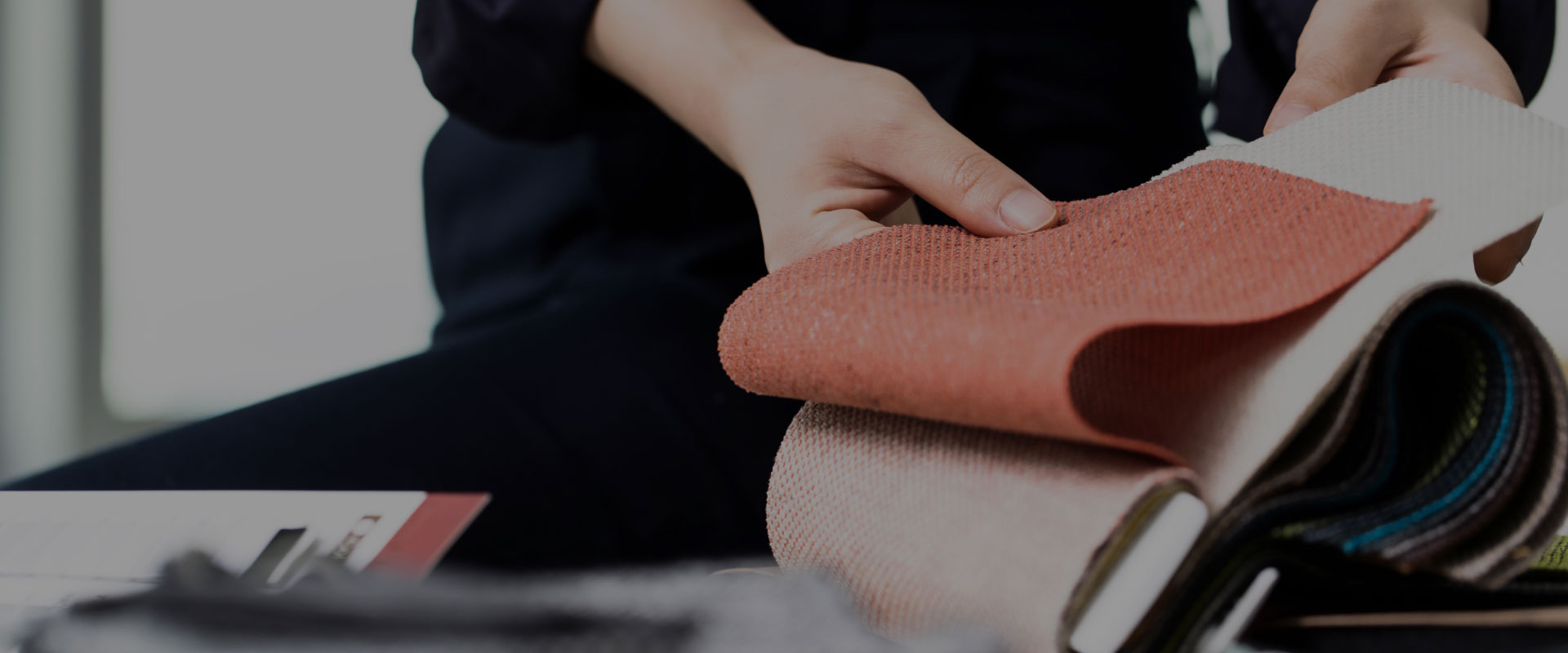
Eco-Seat Roadmap
HYUNDAI TRANSYS develops seats by considering the environmental impact throughout the entire product lifecycle, from product development to post-use disposal. The company adheres to the ELV(End of Life Vehicles) regulations to minimize automotive waste and promote recycling. To develop seats that are environmentally and human-friendly, HYUNDAI TRANSYS has established an Eco-Seat Roadmap and is promoting the development of various new technologies in each area.

- ECO FriendlyNature-friendly technology
-
- Application of natural materials
- Circulation of resource
- Reduction of carbon emissions (lightweight)
- ComfortHuman-friendly technology
-
- Reduction and replacement of hazardous substances
- Satisfaction of 5 SENSEs
Sustainable Materials
HYUNDAI TRANSYS is developing various seat materials and manufacturing methods, including natural-derived and recycled materials, to increase the proportion of sustainable materials used in seats to over 30% by 2030.
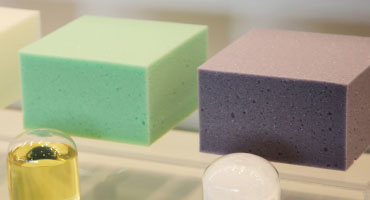
- Bio-foam
-
- Application of naturally derived material (castor seed)
- Bio content 6~12%
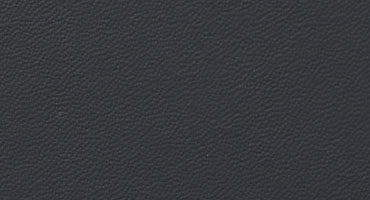
- Bio Synthetic Leather
-
- Application of natural origin material (corn)
- Anti-wrinkle effect
- Bio content 20%
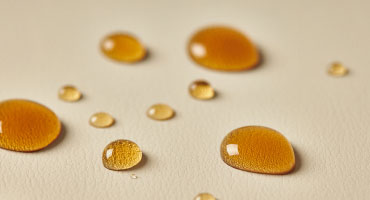
- Silicone Leather
-
- Silicone Leather
- Excellent abrasion resistance and stain resistance
- Carbon dioxide reduction : 18.4kg/unit
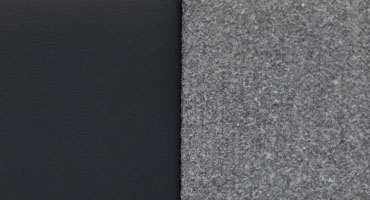
- Recycled Leather
-
- Recycling of leather waste (scrap, dregs)
- Minimizing cut loss rate
- Global Recycling Certification (GRS)
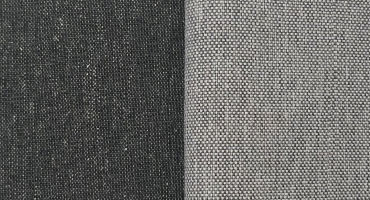
- Fabric made with natural fibers
-
- Application of natural extracted fibers (cotton, hemp)
- Biodegradable properties
- Content: 25% cotton, 10% hemp
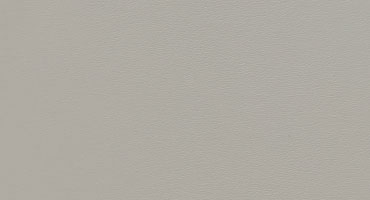
- Synthetic leather that substitutes harmful flame retardants
-
- Indo/inorganic flame retardant (substitute for brominated/antimony flame retardant)
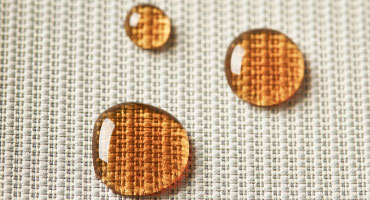
- Silicone Antifouling Fabric
-
- Improving stain resistance with silicone-based antifouling agent (substitute for fluorine-based antifouling)
- Securing fabric stability by optimizing the construction method
Sustainable Manufacturing Methods
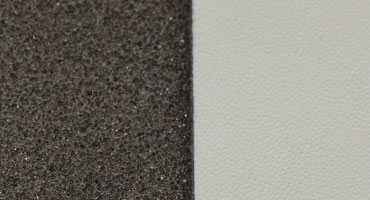
- PUR Bonding Method
-
- The world's first seat leather upholstering method
- Solvent-free adhesive (no organic solvents/flame retardants harmful to the human body)
- Improvement of wrinkles/lifting, improvement of ventilation performance
- Carbon dioxide reduction 1.25kg/unit
- Reduction of waste generation 0.5kg/unit
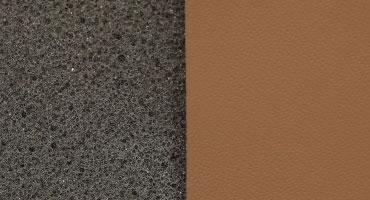
- Aqueous Bonding Method
-
- Liquid water-based adhesives (free of volatile solvents)
- Reduction of toxic gas emissions
- Improvement of odor and VOCs
- Cost reduction through process reduction
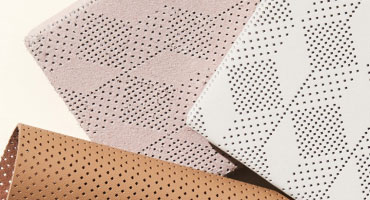
- Multi-design Punching Method
-
- Improved ventilation by improving ventilation holes (size/accuracy/speed)
- Improvement of appearance quality and various design patterns possible
- Cost reduction through increased productivity

